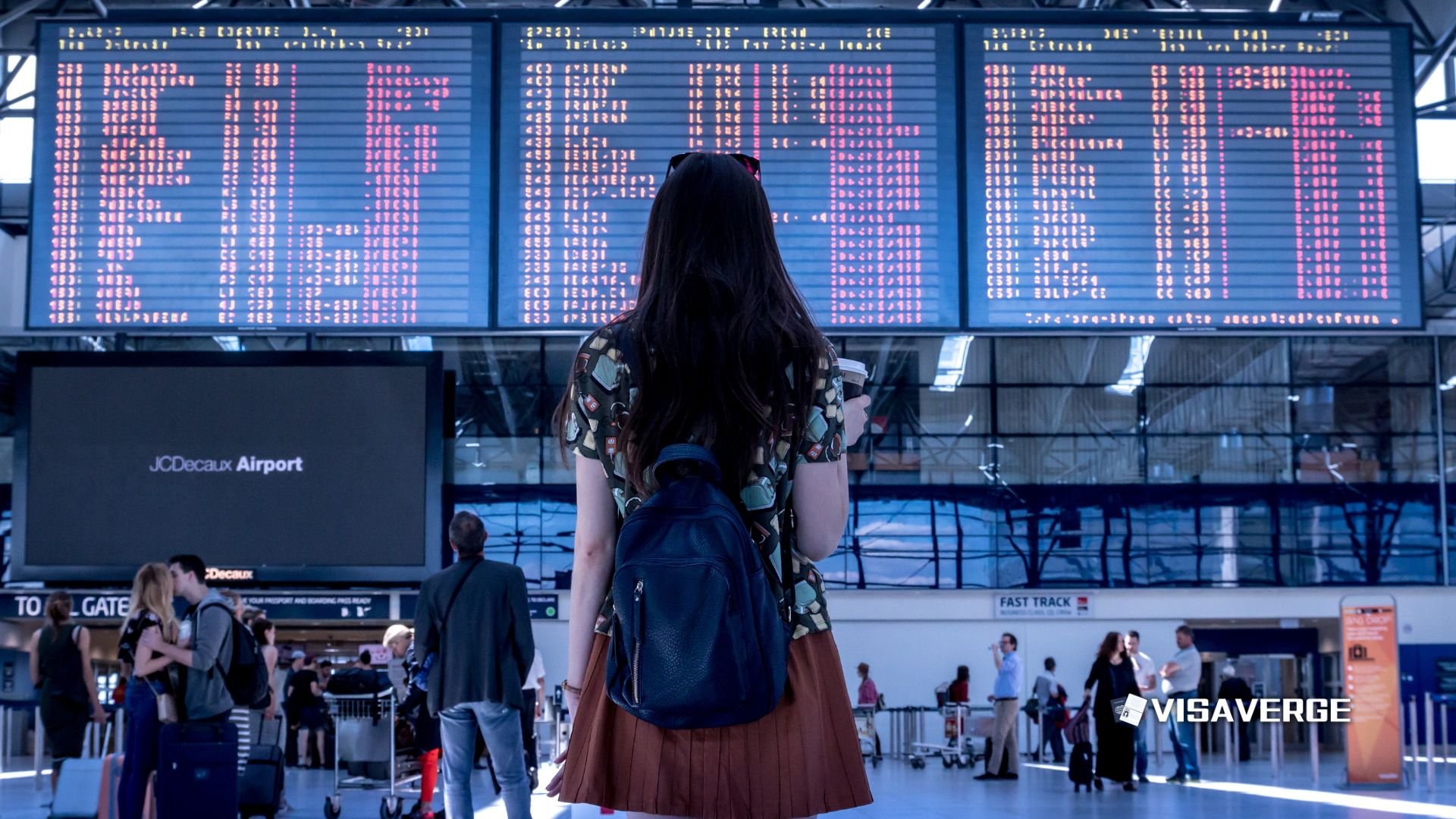(NETHERLANDS) The Netherlands is seeing an abrupt cooling in new arrivals of international students for the 2024–25 academic year, with a marked enrollment decline in fresh bachelor’s intakes and slower overall growth than at any point in the past decade. Universities report that new international bachelor’s enrollments have fallen by 5%, with universities of applied sciences posting an even steeper 6.7% drop.
Across all new degree enrollments, including both bachelor’s and master’s programs, growth has essentially paused at 0.4%, the smallest annual increase since 2006–07. The slowdown affects a system that only three years ago was still expanding at 12% a year and had come to rely on steady inflows from across Europe and beyond.
Current totals and headline growth

- Total international enrollments this year: 131,004, a rise of just 3% over last year.
- That headline number masks the underlying shift: the Netherlands remains attractive to students already in the pipeline, but fewer new entrants are joining.
- This is the weakest growth rate in ten years, signalling a turning point for a country long positioned as a top choice for English-taught programs and a practical path into the European labor market.
Domestic enrollment trends and institutional impact
Domestic enrollment is also slipping, adding pressure on institutions that had planned budgets and classrooms around predictable demand.
- Dutch student intake at universities: down 3.5% this academic year.
- Dutch student intake at vocational colleges: down 1.8%.
The combined decline — both fewer new international students and fewer Dutch students advancing straight into university tracks — is reshaping:
- Course offerings
- Staffing plans
- Housing demand in university towns
Changes in source countries
Where students come from is shifting.
- New enrollments from EEA countries dipped slightly, despite the reintroduction of basic student grants for EEA students.
- Enrollments from outside the EEA are growing, but remain a smaller share of the total.
Notable country movements:
- Germany: New enrollments at a decade low — 7,265 in 2024–25 — pushing total German students below 20,000 for the first time since 2008–09.
- Turkey: New student enrollments surged by 25% to 1,677.
These changes show increased interest from some non-EEA markets even as the traditional European base softens.
Master’s vs bachelor’s: diverging trends
The picture differs by level of study.
- Master’s enrollments:
- Universities: around 19,962
- Universities of applied sciences: 2,365
- Overall: roughly 10% increase across master’s channels
- Composition shift:
- 43% of master’s students now move in from bachelor’s programs completed in the Netherlands, up from 23% a decade ago.
Implication: a larger share of master’s cohorts are already resident in the country, limiting how much master’s expansion can offset the weaker inflow of new international bachelor’s students.
Policy drivers and political context
Policy pressure is central to the shift.
- The Dutch government has:
- Asked institutions to limit growth in international student numbers
- Pushed for reductions in English-language degree offerings
- Supported the introduction of caps on admissions for non-Dutch cohorts
These steps respond to public concerns over housing shortages and strains on educational resources in city centers, where rising rents and tight supply have sparked student protests and local political debate.
Institutions must now recalibrate to protect program quality and serve labor market needs while aligning with signals from The Hague that rising international intake is no longer the priority.
“Rising international intake is no longer the priority” — a policy stance that reshapes recruitment and program planning.
Financial stakes and economic risks
The financial implications are significant.
- SEO Economic Research warns that capping international students could cost the Dutch economy €4.8 billion. This loss would stem from:
- A smaller skilled workforce
- Lower tax revenues
- Reduced business activity
Universities also stress that international tuition helps fund:
- Labs and research infrastructure
- Teaching staff
- Student services used by all students
VisaVerge.com reports the slowdown is already forcing some faculties to reconsider:
- Course launches
- Language tracks
- Staffing plans
This is especially acute in fields where international students historically filled critical seats.
Institutional responses and market signals
Universities are reacting unevenly:
- Some have tightened admissions for oversubscribed English-taught programs.
- Others are prioritizing master’s growth, where applicants are fewer but often better prepared and closer to employment.
Market concerns:
- The drop in German students (below 20,000) breaks a long trend of steady cross-border flows and is being watched closely.
- The Turkish surge, while notable, is not yet sufficient to replace losses from Germany and other EEA countries.
Student perspective and labor-market implications
Students are responding to changing incentives:
- Prospective EEA applicants are reconsidering costs and housing availability despite restored basic grants.
- Non-EEA applicants weigh admissions limits and language options.
The government’s containment efforts may ease pressure in some neighborhoods but also narrow pathways for young talent aiming to study and work in the Netherlands. VisaVerge.com analysis suggests potential impacts on hiring pipelines in:
- Engineering
- IT
- Health-related fields
if cohorts remain smaller for several years.
Official guidance and further information
The government frames recalibration as necessary to protect both housing and educational capacity. Official policy materials emphasize balancing internationalization with social cohesion.
More on the state’s approach to internationalisation in higher education is available via the Government of the Netherlands:
https://www.government.nl/topics/internationalisation-of-education
Outlook and key takeaways
- International bachelor’s enrollments are down; master’s programs are growing.
- Total growth has slowed to 3%, the lowest in a decade.
- The Netherlands is moving into a more cautious period, influenced by politics, housing pressures, and institutional choices.
What happens next depends on:
- How institutions apply caps and adjust recruitment.
- How housing pressures evolve.
- How students weigh trade-offs around cost, language, and career pathways.
For now, universities and international students are preparing for another cycle defined by careful choices and tighter room to grow.













